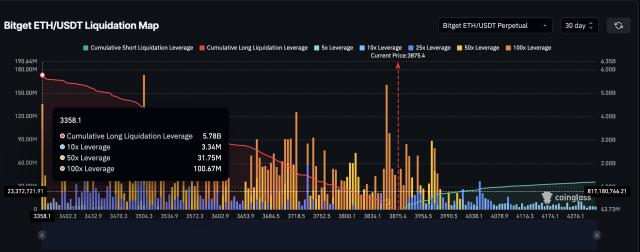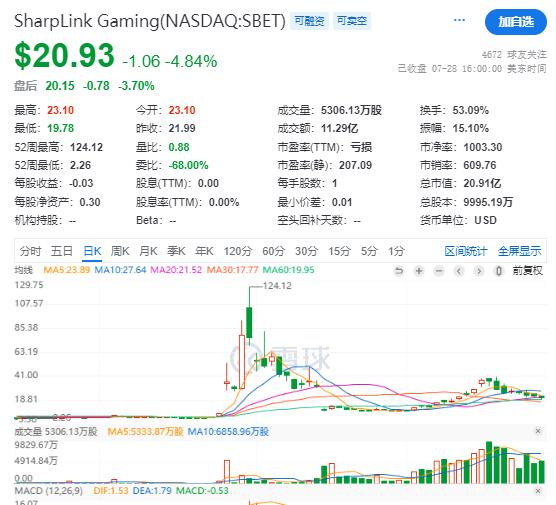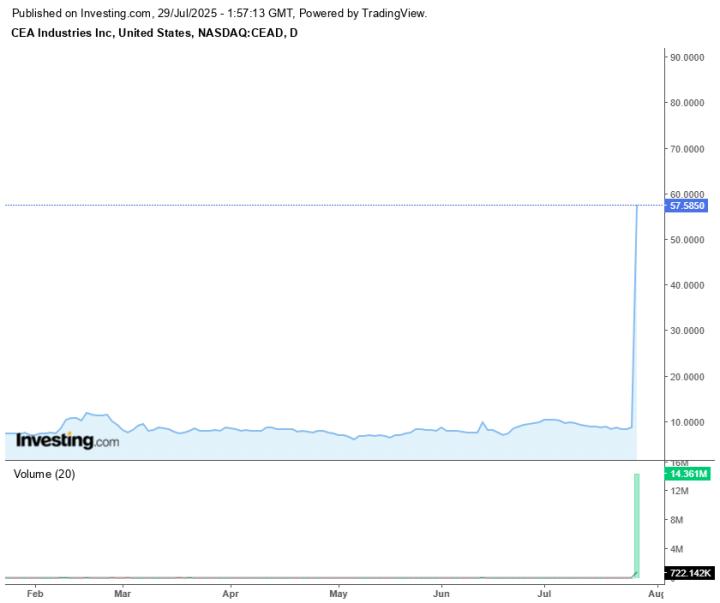※This article is automatically translated. Please refer to the original text for accurate content.
- Introduction of a federal licensing system for stablecoin issuers
- Establishing strict reserve requirements
- Clarification of jurisdiction for the U.S. Securities and Exchange Commission (SEC) and the Commodity Futures Trading Commission (CFTC)
Stablecoin Industry Compliance Requirements under the GENIUS Act
- The licensing system is two-tiered. Entities other than "authorized payment stablecoin issuers" are prohibited from issuing payment stablecoins in the U.S. Stablecoin issuance requires a license from the federal or state government.
- For market capitalization under $10 billion, state-level licensing is possible, but states must follow federal standards.
- For market capitalization of $10 billion or more, a federal license under the supervision of the OCC (Office of the Comptroller of the Currency) and other federal banking supervisory agencies is required.
- Reserves must be 100% backed by high-quality, highly liquid assets with full disclosure. Eligible assets include U.S. dollars, short-term Treasury bills, repos, reverse repos secured by government bonds, money market funds investing in eligible assets, and central bank reserve deposits.
- All issuers are required to disclose reserve information monthly, and larger issuers must submit annual financial statements.
- Anti-Money Laundering (AML) and sanctions compliance fully cover the scope of the Bank Secrecy Act (BSA). Issuers are classified as financial institutions and must implement AML/KYC programs, monitor and report suspicious activities, and comply with OFAC sanctions screening.
- Issuers must also have the technical capability to seize, freeze, burn, or prevent the transfer of stablecoins based on legal orders.
- Furthermore, within three years of the effective date, investigation and guidance from the Financial Crimes Enforcement Network (FinCEN) of the U.S. Treasury are required for: (1) new and innovative methods to detect illegal financial transactions, (2) standards for payment stablecoin issuers to identify, monitor, and report illegal activities, and (3) customized risk management standards for financial institutions dealing with DeFi protocols.
Direction of Industry-wide Supervision Shown by the CLARITY Act
In the testimony of our CEO at the Senate Banking Committee hearing, a clear concern was raised that without a federal framework for digital asset supervision, the U.S. risks losing its future financial leadership. The CLARITY Act provides an initial blueprint for smoothly integrating crypto asset-related companies and intermediaries into the U.S. regulatory system. While still under review in the Senate, it is evaluated as a significant step towards establishing a consistent and effective supervisory framework.
Clear Authority Division and Classification Criteria by SEC and CFTC
This bill clearly allocates regulatory authority for digital assets.
- The CFTC is given exclusive jurisdiction over digital commodities.
- The SEC is given authority over digital securities.
In addition, clear criteria are introduced to distinguish between digital commodities, investment contract assets, and payment stablecoins, eliminating previous ambiguity. This provides a more reliable classification method for both regulators and the industry.
Functional Market Structure Framework
- Registration requirements will be introduced for market intermediaries.
- New standards for custody and consumer protection will be established.
- Provisions for Anti-Money Laundering (AML) and Counter-Terrorist Financing (CFT) compliance and fraud prevention are included, which also mandate inter-agency on-chain monitoring.
- Guidelines for "sufficient decentralization" are also incorporated.
Global Ripple Effect: US Position on the International Stage
- Europe has introduced the Markets in Crypto-Assets (MiCA) regulation, which mandates licensing, reserve disclosure, and risk management for stablecoin issuers and crypto asset service providers across the EU.
- Singapore has shown a clear regulatory approach to digital payment tokens under the Payment Services Act, maintaining its pioneering position.
- Japan has become a global precedent for crypto asset regulation and has been implementing strict regulations for stablecoin issuers since 2023.
- Enabling regulators to monitor exposure status of domestic licensees in near real-time.
- Allowing financial institutions to comprehensively assess counterparty risks based on transaction activities both within and outside their jurisdictions.
- Helping crypto asset businesses build and maintain compliance systems that meet international regulatory requirements, including Travel Rule, sanctions screening, and stablecoin reserve tracking.
Future Actions for Each Institution
- Crypto Asset Businesses: With the implementation of the GENIUS Act, existing stablecoin issuers must review their risk management policies to comply with the new regulatory framework. This includes building and upgrading programs using Chainalysis's latest technology to detect and mitigate risks. Furthermore, they must ensure robust compliance in the stablecoin environment by proactively monitoring counterparties using Chainalysis screening tools to identify exposure to sanctioned entities, illegal actors, or high-risk behaviors.
- Financial Institutions: Against the backdrop of regulatory clarification and market demand, financial institutions must prepare for stablecoin onboarding and custody. By leveraging Chainalysis solutions, they can effectively assess stablecoin issuers' risk profiles and maintain compliance with evolving standards and internal governance requirements. Additionally, by understanding liquidity flows and token circulation speeds across blockchain networks, they can gain insights crucial for regulatory compliance and strategic decision-making, maintaining competitiveness in the rapidly changing digital asset landscape.
- Regulators and Investigators: Regulators and investigators must use Chainalysis to interpret blockchain activities and behavioral patterns at scale, enabling data-driven rapid decision-making. Their tools support enforcement measures, risk scoring, and seamless public-private collaboration for identifying and preventing illegal activities. Early multi-agency collaboration is key—compliance is now a collaborative effort, and proactive cooperation is essential to stay ahead of emerging threats in the evolving stablecoin ecosystem.
Not the End, but the Beginning of Comprehensive Crypto Asset Compliance
For stablecoin issuers, financial institutions, policymakers, investigators, and all stakeholders, practical implementation has already begun. Chainalysis is here to support these efforts.
Are You Ready to Step into a New Era?
- Automation of Anti-Money Laundering (AML) Compliance: Utilize real-time analysis capabilities of KYT (Know Your Transaction) to streamline daily transaction monitoring.
- Asset-level Risk Assessment Across Token Ecosystem: By using Chainalysis Sentinel, you can comprehensively visualize risks of various crypto assets.
- Rapid Response by Regulatory and Law Enforcement Agencies: Chainalysis tools support investigation and response based on data. Please feel free to inquire about a detailed demo.
This website contains links to third-party sites that are not under the control of Chainalysis, Inc. or its affiliates (collectively "Chainalysis"). Access to such information does not imply association with, endorsement of, approval of, or recommendation by Chainalysis of the site or its operators, and Chainalysis is not responsible for the products, services, or other content hosted therein.
This material is for informational purposes only, and is not intended to provide legal, tax, financial, or investment advice. Recipients should consult their own advisors before making these types of decisions. Chainalysis has no responsibility or liability for any decision made or any other acts or omissions in connection with Recipient's use of this material.
Chainalysis does not guarantee or warrant the accuracy, completeness, timeliness, suitability or validity of the information in this report and will not be responsible for any claim attributable to errors, omissions, or other inaccuracies of any part of such material.
The post GENIUS Act/CLARITY Act Bills: Current Status and Latest Trends in Crypto Asset Regulation and Compliance appeared first on Chainalysis.







